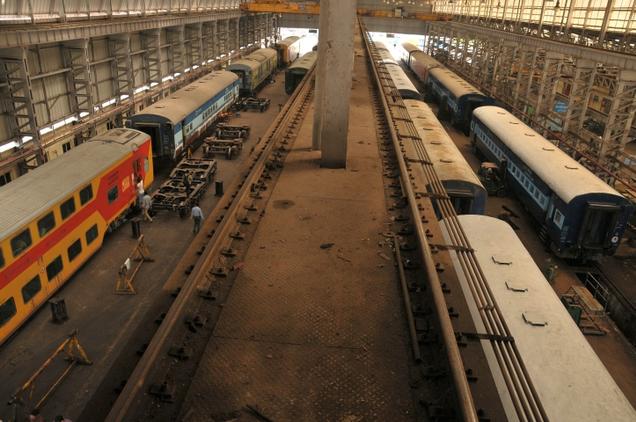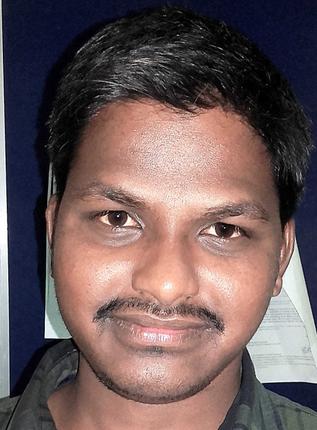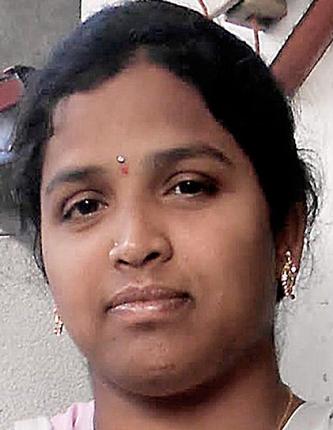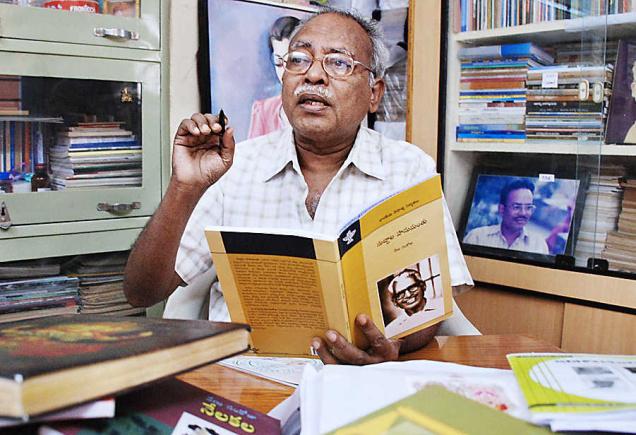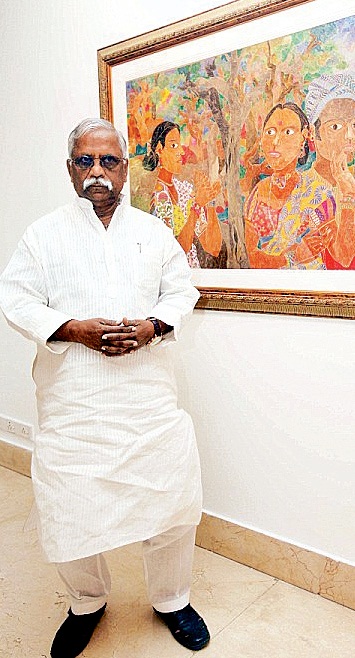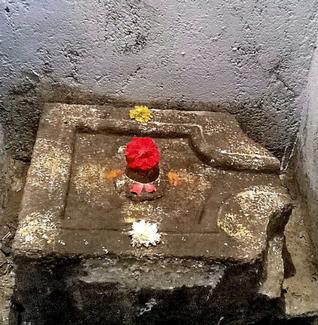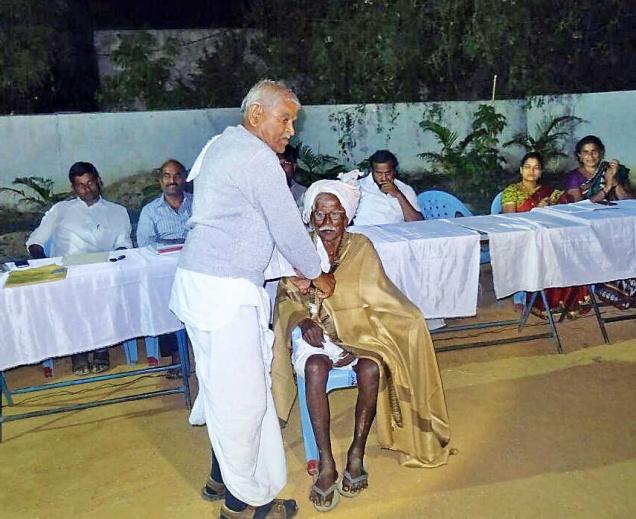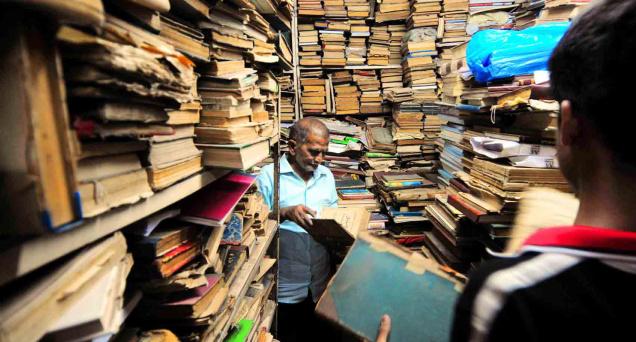
After his death, siblings of Ahmed Bin Mohammed Bafanna, owner of Haziq and Mohi Rare Book Suppliers, start digitising and categorising the inventory.
our months after 67-year-old Ahmed Bin Mohammed Bafanna breathed his last leaving behind a treasure trove in terms of literature, his four-decade-old shop which sells rare books is all set to be brought back to life. While it will take time to return things to full functionality, it is nevertheless something that book lovers have been waiting for.
And if you were one of those people wondering about the future of Haziq and Mohi Rare Book Suppliers, then there is good news. Mr. Ahmed’s five siblings have now begun sorting and rearranging the range of books in the shop subject wise, and they also plan to digitise the entire collection. “We started work in December, and have categorised more than 10,000 books so far,” said Khaled Bafanna, the youngest of the siblings.
The work to categorise all the books in Haziq and Mohi will take at least six months more, given that nobody in the family except Mr. Ahmed had any idea of which book is where.
“He had everything on his mind. We have started separating them under categories like Islamic literature and history. It will make things easier, as we would know how to find things. And we don’t even know the total number of books that are here,” explained Khaled. After Mr. Ahmed’s sudden demise, there was fear among his customers that his store would be shut down. Perhaps the fact that the store was closed for about 40 days after his death may have prompted that idea. For instance, a researcher from the US who was in Hyderabad last December went back disappointed, as the store was closed. The shop is a place where any literature lover could get lost in. Filled with books everywhere, there is just enough space for one person to walk through it, literally. A second person would have to either go outside to give way, or turn sideways to let another person pass. And the books also perhaps live up to the store’s name, as all of them inside are titles that would pique anyone’s curiosity.
For example, some of the books on display there are Aazadi (in Urdu), Women in Delhi Sultanate by Lokesh Chandra Nand, Timardaari (in Urdu) and another one titled Hyderabad Gazetteer by A. Khan. “Once my son’s exams are over, I will also create an email ID for the shop, so that our customers can reach us easily,” said Khaled, who is helped by his brothers to run the shop. And without Mr. Ahmed, how do they fix the cost of the books they sell? “We fix the price based on the date of the books, i.e. how old they are. And also, in case we cannot get another print of a particular book, we will only make Photostat copies of the original and give it, to preserve the copy we have,” he said, sitting where his eldest brother once sat in front of the shop on a small stool. Khaled and his brothers will also be relying on the same book sellers who would inform whenever a rare book would be available in the market for them to purchase. Mr. Ahmed is survived by his five brothers Ali, Abdallah, Salem, Osman and Khaled, all of whom maintain the store together. The shop is open from 12 noon to 7 p.m., and customers can contact Mr. Khaled on 93940 21930.
source: http://www.thehindu.com / The Hindu / Home> News> Cities> Hyderabad / by Yunus Y. Lasania / February 22nd, 2016
